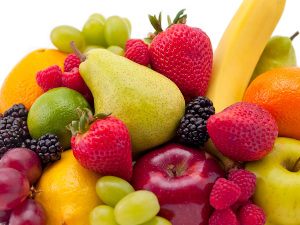Low prices dent Mexican tomato trade

Mexican tomato production is expected to remain similar this season but exports have suffered due to low international prices, according to a report by the United States Department of Agriculture (USDA). 
The USDA's Global Agricultural Information Network (GAIN) says exports are likely to come in at around 1.3 million metric tons (MT), down 240,000MT from the previous season, largely due to prices falling significantly which almost stopped trade.
The final export estimate for 2013-14 will depend partly on the summer season demand, though figures are still hard to predict because of Mexico's uncertainty over the Tomato Suspension Agreement signed last year requiring the vegetables to be sold at or above certain reference prices in the U.S.
Trade is expected to pick up again next year to around 1.5 million MT, assuming favorable weather conditions and attractive international prices, though competition with supplies from Canada and other U.S. producing areas could undermine trade..
Opinion about production differ through the industry, with estimates ranging from 2.17 million MT to 2.5 million MT.
According to growers, winter tomato production was affected by fluctuating temperatures which meant the vegetables did not mature at their normal rates. To add to that, a hurricane in September 2013 delayed production and harvesting in some regions.
Over recent decades the total planted area for tomatoes has been declining steeply but yields have actually been increasing due to the growing use of protected agriculture technologies such as greenhouses, shade-houses and tunnels.
In 1990 the total planted area in Mexico devoted to tomatoes was about 85,000 hectares, but in 2000 it had fallen to 75,800 hectares and sank further to 44,504 hectares last season.
Sinaloa and Baja California are two states that are seeing trends of growers moving away from field production to protected production and using less area while increasing yields.
The protected infrastructure is also being used in other states to grow tomatoes, cucumbers, bell peppers and strawberries.
Photo: www.shutterstock.com


















































